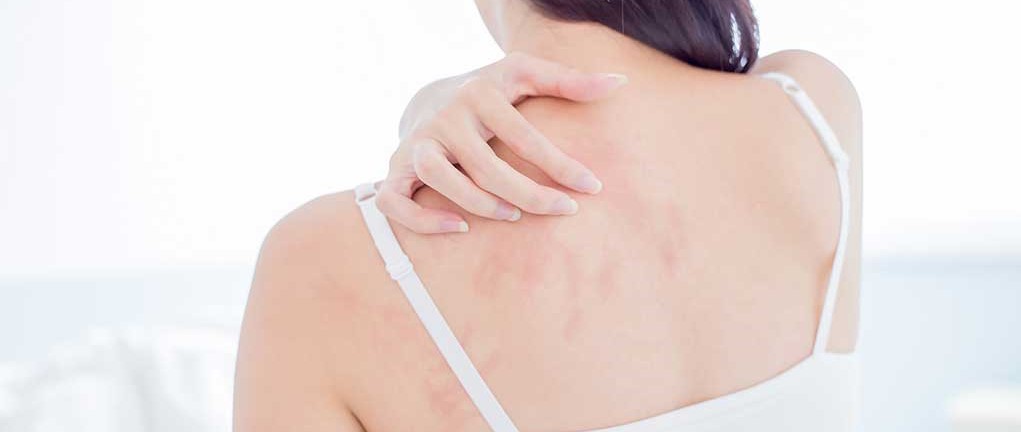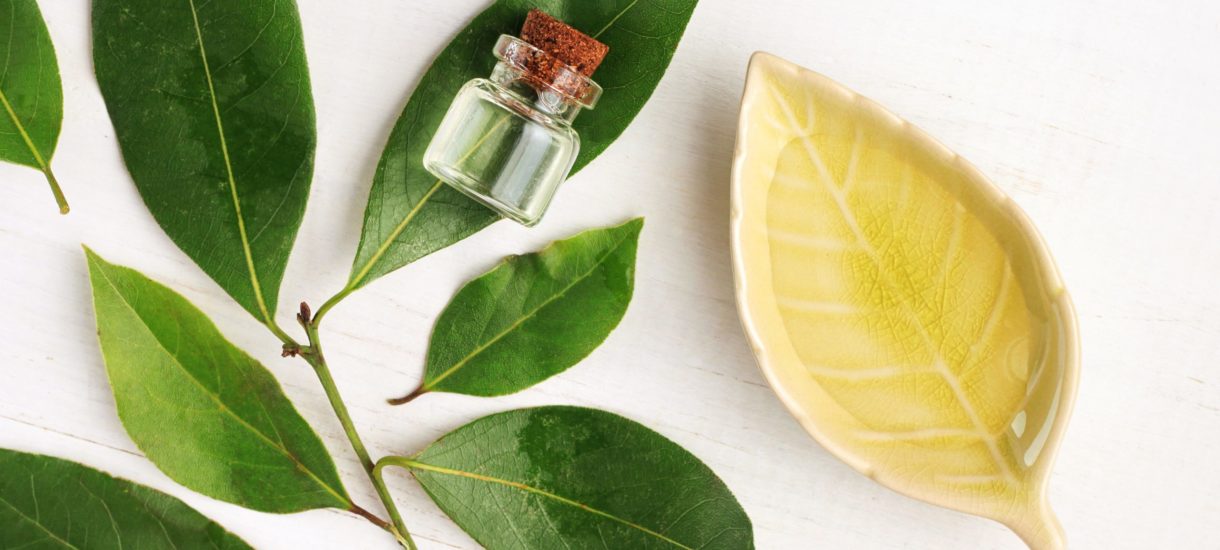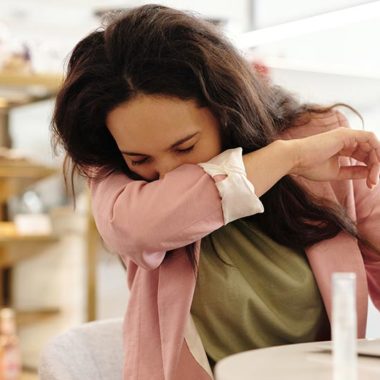Many of my students have been asking me about the immune system. How to support or ‘boost’ the immune system with essential oils. To address this matter I invited my dear colleague and friend Marija Kolarović, Mr. Ph. to write an article for you about how she approaches this in her clinical practice. As she is quite thorough, we will split the article into 2 parts for easier understanding. Without further ado, I present Marija Kolarović – with almost 20 years of experience working with patients in a clinical setting, as a pharmacist, clinical aromatherapist, phytotherapist, and an educator.
 |
As a pharmacist, everyday patients ask me questions such as
|
So let’s get to it and answer some of the most burning questions at the moment. The immune system has two main parts of the immune defense. The innate, or non-specific, the immune system works to fend off viruses, bacteria, and other pathogens before they cause illness. The innate immune response involves neutrophil, eosinophil and basophil granulocytes, mast cells, dendritic cells, monocytes and macrophages, and natural killer (NK) cells. Their functions include phagocytosis, the release of inflammatory mediators, cytokine production, and antigen presentation.
The adaptive immune system consists of specific antigens built to mount a more strategic immune response. The adaptive response involves the immunoglobulin (Ig)/antibody-producing and secreting B cells as plasma cells, and T cells including CD4+ T helper cells and CD8+ cytotoxic T cells.

That tells us that innate immunity provides the first reaction of the immune response, while adaptive immune responses require more time for the activation of various lymphocyte subpopulations. Our adaptive immune responses need more time to prepare the best way to respond. Does it make sense so far? Hang in there we’ll get to the practical part and some of my tips and tricks in just a few lines below, but first we need to understand what we are doing, supporting, or ‘strengthening’.
Because it takes time for our adaptive immune system to “learn” about a threat and how to respond accordingly, it is slower to respond to environmental threats than the innate immune system. Got it now? Great!
Stimulation of the immune system such as when your child hits herself on the playground and cuts her knee on the ground activates the non-specific innate and/or adaptive immune responses. This then leads to the enhancement of certain immune functions, which are protecting against various pathogens. For example, it will respond to some microbes that might have entered the wound and on the other hand, it will help activate the process of healing it as well.
This leads me to the next popular words used in our aromatherapy community: immunostimulant, immunosuppressant, and immunomodulator. Let’s find out what does what and how is it helpful in our practice?
Substances that affect immunity are called immunomodulators, and we divide them into immunosuppressants and immunostimulants. Immunosuppressants are substances that suppress the immune response. We use them after organ transplantation, in autoimmune diseases and hypersensitivity reactions (allergies). This reduction can be beneficial when it assists in diminishing inflammatory and autoimmune responses. Autoimmune diseases develop when the immune system begins to recognize its own cells as foreign and begins to attack them ( type 1 diabetes, Hashimoto’s thyroiditis, celiac disease, rheumatoid arthritis, etc.)
EXPERT TIP:
In the case of rheumatoid arthritis, massage of painful joints with anti-inflammatory and analgesic essential oils will alleviate the problems and increase the mobility of the joints. Some oils I use in my practice are eucalyptus lime, black pepper, and laurel. Go to Dropsmith’s to check the proper safety precautions and search for more examples of anti-inflammatory and analgesic essential oils.
An overactive immune system can react to harmless foreign substances. This may cause allergies-reaction of your immune system to otherwise harmless substances that the immune system recognizes as harmful and tries to defend itself against them (such as pollen, bee venom, food, or pet dander).

Immunostimulants are substances that stimulate the immune response to a higher level and are used in infectious diseases, especially colds and flu. They should not be used in systemic diseases and at the same time with immunosuppressants and corticosteroids.
In the event of an underactive immune system, we suffer from infections caused by bacteria, viruses, or fungi. For example, a cold sore can develop if your immune system is weakened because of stress, lack of sleep, or because it has to fight off viruses causing a cold or flu.
EXPERT TIP:
Essential oils rich in 1,8 cineole like Rosemary CT cineole, Cajuput, Niaouli CT cineole, Ravintsara, Saro, and some eucalyptus species (globulus, radiata, smithii), can help with acute respiratory infections like cold and flu furthermore they may help recover from illness. Check out this short video Melani created for you to show you how to search for more essential oils rich in 1,8 cineole. This way you have far broader options to choose from. This amazing tool will not only save your time to find the proper essential oil you need but has a great impact on the environment by encouraging us to use the essential oils we already have.
In the upcoming second part of the article, Marija will continue explaining immunomodulation and sharing some of her practical experience as well as successful recipes. Sign up to our mailing list to be notified when the second part of the article will be published and stay informed with Dropsmith news.
The form you have selected does not exist.








Thanks
thank you for the clear explanation. Kind regards Sue